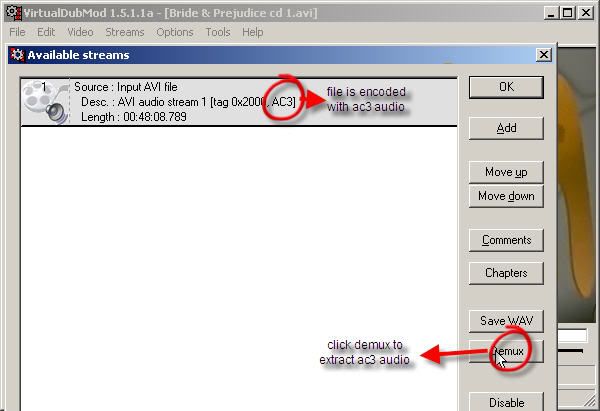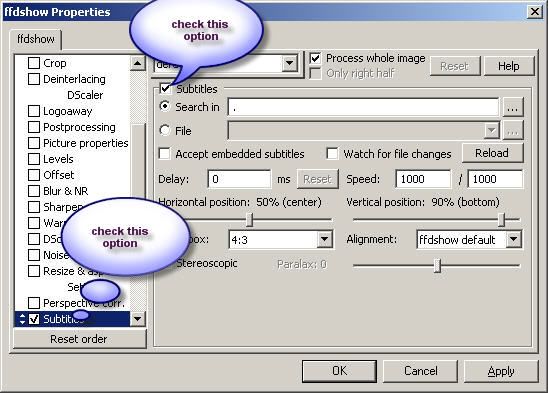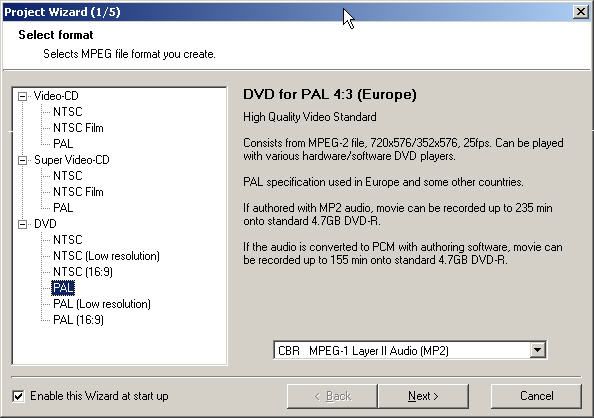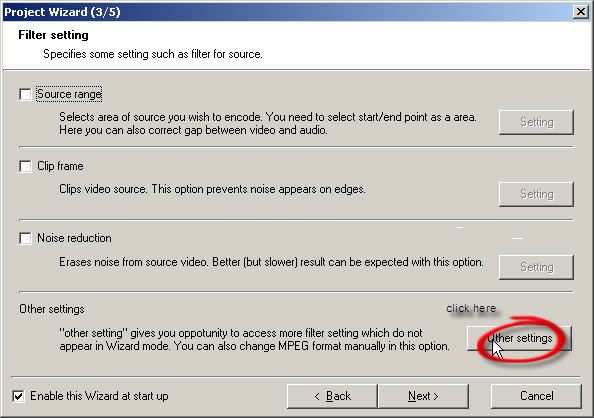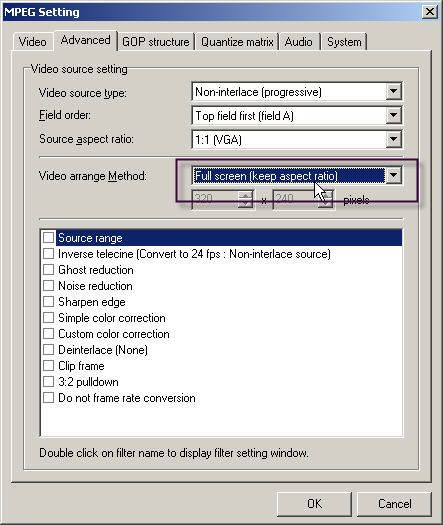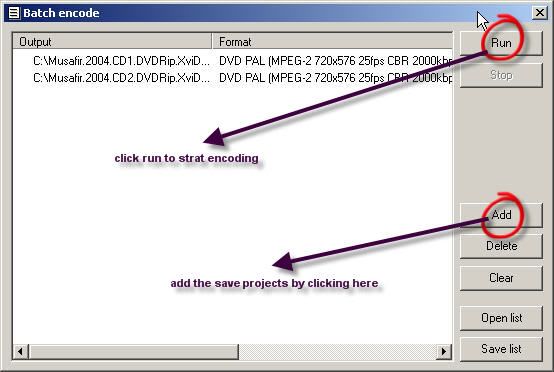Laser hair removal will work on almost any part of the body, from your legs, arms, and upper lips, chin, neck, face, to even your back or shoulders, practically anywhere.
New breakthrough laser technology can get rid of unwanted hair, quickly, easily and now with proven long-term results.
If you hate shaving, are tired of putting up with painful waxing, tweezing, depilatory creams, and all of the time that removing unwanted facial or body hair can take, laser hair removal may be right for you. Getting rid of unwanted hair can be painful and time consuming. Until now, the only options for removing unwanted hair were smelly hair removal creams, sharp razors, stinging wax or painful electrolysis needles.
Since the laser can treat lots of hair follicles at once you get much quicker (and more permanent) results than those other temporary fixes
In fact, laser hair removal is perhaps the greatest hair removal breakthrough in the last 50 years.
Laser Hair Removal before and after pictures:
before laser hair removal 2 months after 2 treatments
Hopefully the following information will give you a clearer understanding of laser hair removal and what it can do.
First, in order to understand how the laser works to remove unwanted hair, some background information about hair growth will be helpful. Unlike other methods of hair removal, laser hair removal success depends upon the hair growth cycle.
Human hairs are made up of three parts: the bulb at the base of the hair follicle (which produces hair), the shaft and the hair itself. The bulb and the shaft are embedded beneath the surface of the skin, therefore the hair is the only part visible to the naked eye.
In order to remove unwanted hair on a long-term basis it is necessary to destroy the hair follicle and its bulb.
Maybe you've heard that removing hair makes it grow back thicker and darker? Well, it won't. And removing hair also will not make it grow back faster.
Every single hair follicle follows a cycle that includes growth, resting and shedding. Generally 70-90% of your hair is growing at any one time (called the Anagen stage). And the other 10-30% of your hair is resting (called the Telogen stage). These figures are site-dependent. That is, they vary depending upon what part of the body the hairs are located.
At the end of the resting stage, each old hairs shed and new hair begins to grow again (Anagen stage). It is only during this growing phase that hair follicles can be disabled by laser hair removal.
Other options available to removing unwanted hair:
Before laser hair removal, there were essentially only 4 different choices:
1) Shaving
2) Waxing, Tweezing, or Plucking
3) Hair removal products: Depilatory Creams, or hair removal creams
4) Electrolysis
1) Shaving:
Nearly everyone has a razor and that makes shaving the most common method of hair removal. But, shaving only lasts a few days (at the most) and requires you to make a constant commitment to keep doing it.
2) Waxing and tweezing the hairs (or plucking). Both of these methods remove hair from the follicle bed, but they do not destroy the follicle itself. So that means you'll get hair regrowth.
Most people find waxing and tweezing to be extremely painful.
Also, waxing can cause allergic reactions, pimples and/or inflammation of the hair follicles.
3) Another short-term method is using hair removal products such as depilatory creams. This method takes a lot of time for the cream to fully dissolve the hair. Also, many people find the smell from these creams unpleasant. These creams are not gentle enough for facial hair for most women. And it can be a pretty messy process.
These first three options are all temporary methods of hair removal and the major problem is that all of them must be repeated on a regular basis.
4) Electrolysis: Until now electrolysis has provided the only long-term method for eliminating unwanted hairs. During electrolysis, a needle is inserted and an electric current is passed into each and every hair follicle being treated.
Since each and every hair follicle requires separate treatment this is a very tedious process. You can expect to make multiple visits to the electrologist (treatments can take several months to years to complete).
The Most Practical, Least Painful and Most Effective Method Now Available To Remove Unwanted Hair...Laser Hair Removal.
And new laser technology beats these other dated methods hands down.
One of the major benefits with lasers is the ability to treat a larger area of your skin at once. So it only takes a fraction of the time electrolysis would for the same area because you don't need to identify and probe each individual hair follicle.
The laser has been designed to treat only the hair follicle while leaving the areas around it unaffected. And since the laser uses pulses of light to remove hair, there's no irritation to the skin (as with other hair removal methods we talked about).
How Laser Hair Removal Works:
The laser emits a gentle beam of light which only is absorbed by the hair follicle (leaving the skin unharmed). The laser delivers energy which is absorbed in the hair and transformed to heat. The heat destroys the hair follicle within a small fraction of a second.
The key to optimum results is being able to adjust the pulsewidth (the amount of time the laser is on) so that it can pass through the thin layer of skin to reach the deep hair follicles.
Laser Hair Removal Chicago FAQs:
Who Are The Best Candidates For Laser Hair Removal?
Because the laser's light energy is absorbed by the pigment melanin, in the skin, people with greater contrast respond best. So individuals with dark hair and light colored skin get maximum results.
That's why you should avoid tanning before and after the treatment for best results.
However new laser technology has made it possible for other people (including dark complexions) to get significant results.
What Areas Can Be Treated?
Laser hair removal is good for both facial hair removal and for body hair removal. Specific body sites include the upper lip, underarms, legs, back, shoulders, chin, cheeks, and other facial areas for women, etc. Laser hair removal can be used almost anywhere that's covered with unwanted hair. Perhaps the most commonly treated areas are facial hair in women. This may be because facial hair is so obvious and so troublesome for those who have it. It can also take a lot of time, on a very frequent basis, to get rid of facial hair by plucking. The chin and the upper lip are the most commonly treated. Also see laser facial hair removal.
How Much Does Laser Hair Removal Cost?
The cost varies depending on the area treated. The larger the area the greater the cost.
However your total investment in laser hair removal ends up being significantly less than many other cosmetic alternatives. For electrolysis you must figure the cost of making many tedious visits (a lot more than the handful of laser treatments you'll need).
Or if you figure the cost for continually shaving or waxing. But it also makes more than just economic sense when you consider the discomfort and pain associated with other traditional methods. Not to mention the time you save. So laser hair removal can give you one less thing to think about. One less thing to worry about. And more time for yourself. Most patients consider the cost an investment in themselves.
Can you get permanent hair removal by laser?
Electrolysis has been described as permanent hair removal, and now there are laser systems being marketed as being able to achieve permanent hair removal. However, in each case, those involved are making their own definitions of what "permanent hair removal" is. For the most part, it is not going to resemble your definition of what permanent hair removal would be.
One should keep in mind that as the skin ages, some hair follicles enlarge and become visible with time. Therefore, it is possible that even if a particular method of facial hair removal or body hair removal does permanently destroy a particular follicle and stops growth of that hair, others nearby can take its placeover a period of time. For more on this and why it is so, see the facial hair removal page. So, if you assume that after having one or two laser hair removal treatments will take care of the problem once and for all, you could be disappointed.
Also, be aware that any one persons response is not entirely predictable. There is an occasional person who will not get much of a response. On the other hand, we have seen some who have had complete clearing of an area for many months after a single laser hair removal treatment, and no sign of growth yet. Perhaps the response will be permanent, or just last a few years. The technology just has not been around long enough to know yet.
However, having said all that, the evidence is mounting that laser treatment can have some very long lasting results, probably more so than any other method. And certainly with far fewer treatments and less pain than with electrolysis. So, if your idea of permanent hair removal would be a very significant reduction (or maybe even complete clearing), plus or minus the possiblility of requiring a repeat treatment once every year or few years, then the technology is pretty likely to make you happy.
Does Laser Hair Removal Hurt?
Not really. As compared to the pain from waxing or electrolysis most patients say their laser treatment was relatively pain-free. Many patients describe the treatment as tingling or a slight snapping sensation.
Usually, the majority of patients can easily tolerate this sensation without any type of anesthetics. However you may elect to use a topical numbing cream before your procedure.
If you do feel any discomfort it's only while the area is being treated. Then after the procedure the area treated may become pink or red (like a mild sunburn) for a day or so.
Also after leaving the office you will not need any bandages because there is no damage to your skin.
What are the laser treatments like?
Laser Hair Removal is a gentle three-step process. First, we gently cleanse the area to be treated. Next, we shave the area. Then the area is scanned with the laser. The laser energy passes through the skin and is absorbed by the pigment in the hair follicle. In a fraction of a second, all of the treated hair follicles are disabled.
Treatments can last from a few minutes to most of an hour, depending on the size of the area being treated.
How Long Does A Laser Hair Removal Treatment Take?
| body area treated | laser treatment time | | upper lip | 1-10 minutes | | chin | 1-10 minutes | | upper lip & chin | 1-10 minutes | | full face | 5-30 minutes | | bikini area | 4-30 minutes | | full legs | 30-90 minutes | | lower legs | 15-60 minutes | | forearm | 15-60 minutes | | full back and shoulders | 40-60 minutes | | full chest | 30-60 minutes | | breasts - woman | 5-15 minutes | | calves | 10-60 minutes | | undearms / axillae | 2-15 minutes | |
The length of time needed depends on the size of the area being treated. For instance, the upper lip will only take minutes, while other areas, like the leg will take more time.
The times listed are a range. Variables include laser used, the spot size of the laser which is often somewhat dependent upon the amount of laser energy required (fluence).
Laser energy used (dose) is in turn affected by skin and hair color.
Most treatment times end up toward the lower end of the range given here, however.
Also, treatments tend to go more rapidly each successive treatment.
The time it takes is still a fraction of the time electrolysis would take for the same area because lasers can treat multiple hair follicles at once.
How many treatments will I need?
The laser can only disable actively growing hairs during your treatment. And because hair growth occurs in cycles, only a certain amount of hair follicles are growing at any one time.The number of treatments you may require for optimal long-term benefits depends on the area you wish to have treated, the hair density and your hair's growth cycle. Your hair grows in cycles and many factors influence it's growth. Age, ethnicity, weight, hormones, diet, medication and metabolism all play a part in your hair's location, thickness and resilience.
The laser energy is only effective on hairs which are in their active growth phase. Many hair follicles are in their resting stage at any one particular time. That means several visits will be necessary (but nowhere close to number needed for electrolysis) to catch the hairs that were in the resting stage before. As a general rule, several treatments will be required. However, most times you can expect to see a 50% reduction in hair growth after just one treatment. Then after determining your individual characteristics we can develop a treatment schedule that's best for you.
How far apart in time should laser hair removal treatments be given?
Because the hair removal laser is only effective on actively growing hair follicles, treatments should be spaced apart so that the hair follicles in the area have time to begin growing again. If the treatment is given too soon, that particular treatment episode will not be effective. The answer is dependent upon several factors. But, for the bulk of cases, we suggest about two months between treatments.
What complications and risks are possible?
Lasers have been carefully tested for their safety. Occasionally blisters can develop, and very rarely, scarring or infection. Also there is a possibility of hypo or hyperpigmentation (if this does occur most changes in skin color will fade away over time). But these same effects can also occur with electrolysis and even shaving or waxing.
Are laser hair removal treatments performed in both the Oak Brook office and at the University of Illinois in Chicago office?
We are not currently doing laser hair removal treatments at the University of Illinois in Chicago office, only in the Oak Brook office.
How do I get to the Oak Brook office or the University of Illinois in Chicago office?
Our offices are easy to get to. In Oak Brook, we are in the middle of the Oakbrook Center Mall, in the professional building. In Chicago, in the Chicago Medical District within the University of Illinois College of Medicine campus. For details, check our contact page.
How does Laser Hair Removal work?
Laser Hair Removal uses a low-energy laser to gently remove unwanted hair, putting an end to routine shaving and waxing. This advanced technology transcends the older, painful hair removal treatments to deliver long-lasting results. Because the laser treats more than one hair at a time, it is possible to treat larger areas such as the back, shoulders, arms, legs and face. Laser treatments leave your skin looking and feeling smoother and silkier. Best of all, Laser Hair Removal treatments are a safe, fast, gentle, and effective alternative method for hair removal.
The laser slows the growing capacity of follicles in the growth cycle at the time of the treatment. Since some hair follicles may enter their growth cycle after your treatment, multiple treatments may be required to deliver optimal results. Treatment results will vary from patient to patient depending on skin and hair color.
Removing hair does not make it grow back thicker, darker, or more rapidly, though it often seems that way. This is because hair removal attempts often begin at a time (such as puberty) when the hairs in an area are getting larger and thicker anyway. So when they come back after plucking, etc., they come back larger; but they would come back larger during the next growth cycle for that particular hair anyway. The laser may cause hair to come back slower and thinner.
What do I need to do before my laser hair removal treatment?
Tanning should be avoided. Also you should leave a slight stubble for laser hair removal to be effective. Therefore you should not shave the areas to be treated for about 3 days prior to your treatment. Also avoid waxing, tweezing, or bleaching those areas several weeks before laser treatment.
What about after laser treatment - is any special care required?
After your treatment you can return to your normal activities immediately. The use of sun screen is recommended on any treated areas exposed to the sun, and sun exposure should be minimized before and after laser hair removal treatment.
What about after treatment - will I look presentable?
After laser treatment, there is usually some pinkness or redness in the treated area which goes away after a short time. There are no open wounds, bandages, or anything like that. Most patients leave the office felling that they look presentable, but in some cases, a little makeup is helpful to minimize redness.
Is there a significant recovery period?
No.
How many different hair removal lasers are there?
Lots. There are many hair removal lasers available now, with more becoming available all the time. There are now several different types of systems available for laser hair removal: diode, alexandrite, flashlamp-excited, Nd-YAG, pulsed, long-pulsed, Q-switched, and ruby lasers. In addition, there are intense pulsed light hair removal systems, such as the Photoderm and the EpiLight, which technically are not true lasers. Specific hair removal lasers include: IPL Quantum HR, ESC EpiTouch Alex, Lyra, Palomar Epilaser, Aesculap-Meditech RubyStar and MeDio Star, Altus CoolGlide, Candela GentleLase, Coherent LightSheer, Continuum Medlite IV, Convergent Polaris, Crystal Focus Multipulse NDLP, Diolite Apex 800, and the Cynosure TKS and Apogee 40.
What hair removal lasers do you use?
We use the Apogee, Epitouch, and GentleLase hair removal lasers, as well as other skin lasers. We are continually evaluating the newest technology.
What are the benefits of Laser Hair Removal?
It combines the speed of shaving with the lasting results promised by electrolysis. Laser Hair Removal is effective on almost any area of the body where smoother, younger, hair-free skin is desired. Larger areas can be treated more easily using lasers than with electrolysis, waxing or tweezing
How is Laser Hair Removal different from electrolysis?
Electrolysis is a much slower process. With electrolysis, a needle is actually inserted into each hair follicle, one at a time. Once inserted, an electric shock burns the follicle to retard hair growth. Laser Hair Removal uses the light of the laser to scan the treatment area and within minutes, all of the growing hairs in the laser's beam are treated. Most patients who have had both procedures say that Laser Hair Removal is less painful, faster and more convenient.



